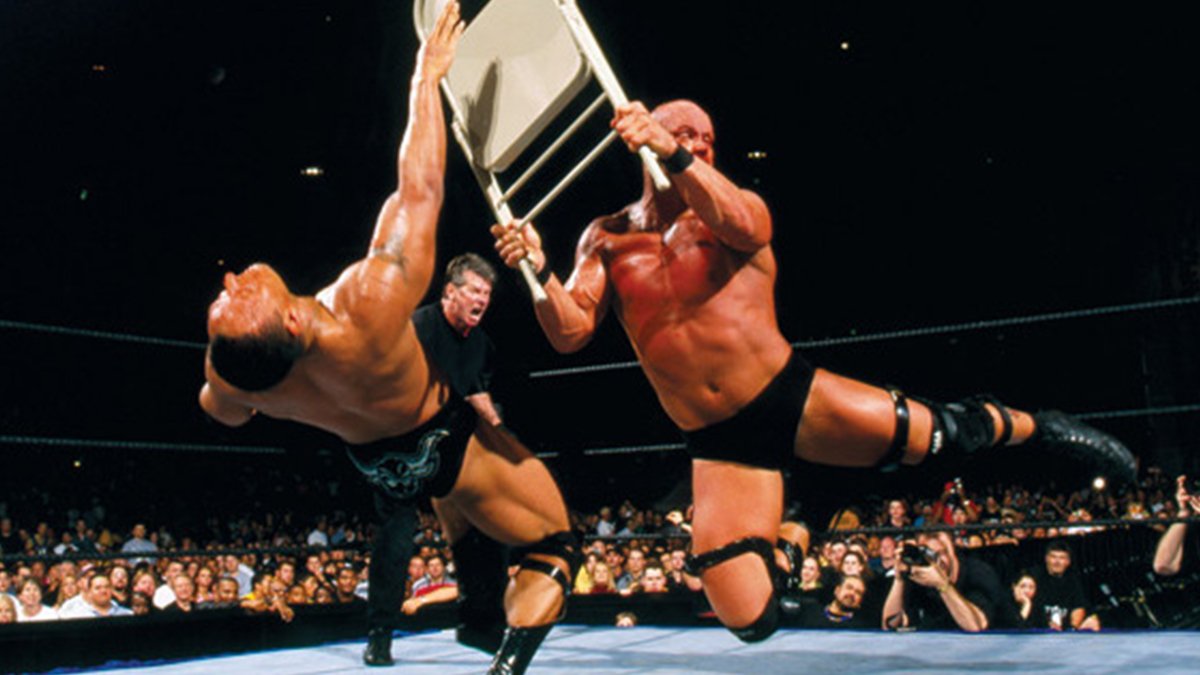 WWE
WWE
Originally written in March 2021
This year marks the twentieth anniversary of Wrestlemania X-Seven, a show that has gained near-mythical status in the two decades since. Dave Bradshaw, who was inside the Astrodome that night, remembers the experience and reflects on whether it really was the finest hour for pro wrestling’s premier event…
What is the greatest letter you have ever received in your life? Mine arrived in February 2001 and began as follows: “You may remember that you entered a prize draw on our website last December for the chance to attend a WWF event of your choice in the United States. The competition received over 10,000 entries and, well, you are the winner…” A few minutes later I was on the phone being told that the prize included two event tickets plus plane fares, hotel accommodation and $200 spending money, most of which barely registered as the whole experience felt increasingly like a weird dream. “Do you have any idea yet which event you might like to attend?” asked the voice on the other end of the phone, as a wide smile started to form across my face. Yes, yes I did.
Ten months earlier during the live broadcast of Wrestlemania 2000 a short video package announcing the location for the following year’s show had created quite a buzz: archive footage of a packed Pontiac Silverdome crackled across the screen as Michael Cole’s voice reminded us that in 1987 the WWF had broken the world indoor attendance record, before he declared: “Records don’t bend… They break. Next year history will be made again! Wrestlemania 2001 – live from the Houston Astrodome!” Looking back now this might not seem like such a big deal – after all, notwithstanding global pandemics the biggest show of the year almost always takes place in a huge stadium nowadays – but that was absolutely not the case at the start of the century. After that iconic night in 1987 Wrestlemania had been to giant domes only twice more, at the Toronto Skydome for Wrestlemania VI and the Hoosier Dome in Indianapolis for Wrestlemania VIII, before eight consecutive years in the smaller-sized basketball arenas that the company regularly filled for its weekly TV shows. Indeed, several episodes of Raw had enjoyed crowds as big or bigger than recent Wrestlemanias. The decision to focus on smaller venues stemmed from the downturn in business that the WWF endured in the mid-nineties. According to company executive Bruce Prichard the logic was “maybe you will make more money if you go into an arena versus the expense of a large stadium… you could sell fewer tickets at a higher price point, [and] maybe that works.” With that in mind it was certainly newsworthy that the seventeenth edition of Wrestlemania would see it emanate from a dome for the first time since 1992, and the insinuation that the attendance record could be broken made the idea all the more exciting.
Upon closer inspection that latter part of the announcement turned out to be dodgy: while the 93,173 fans claimed by WWF for Wrestlemania III was itself dubious according to many insiders (the real number was reportedly around 78,000), even the most generous estimates placed the capacity of the Astrodome at well under 70,000 seats, making it hard to understand how the company could expect to plausibly claim that it had beaten its previous best. In the weeks after the announcement a source told the Wrestling Observer that the number would include attendance from the weekend’s Fan Axxess festival. Based on the previous year’s numbers this was expected to be in excess of 30,000 fans, which would probably take the total legitimately beyond 93,000 but would have been – let’s face it – cheating. In the end, claims of breaking any records from 1987 were quietly abandoned. Nonetheless, the excitement of running the Astrodome was real: opened in 1965, it was the world’s first domed stadium, quickly became the third biggest man-made tourist attraction in the country (after the Golden Gate Bridge and Mount Rushmore), and had been dubbed the “Eighth Wonder of the World” because its auditorium was the largest room on the planet. It was the first major sports venue to install artificial turf – hence the name AstroTurf – and hosted the legendary ‘Battle of the Sexes’ tennis match between Billie Jean King and Bobby Riggs in 1973, as well as being the regular home for the NFL’s Houston Oilers and Major League Baseball’s Houston Astros.
That being said, by the end of the 1990s both of those teams had moved out and the Astrodome was losing its relevance, which may be why SMG – a major venue management company that acquired the building at around that time – turned to pro wrestling. WCW broadcasted Monday Nitro there on three occasions in 1998 and 1999, but none of those occasions had been able to fill more than half of the seats in the auditorium and it was clear that SMG wanted something bigger, apparently leading them to approach Vince McMahon about hosting the Showcase of the Immortals. This was unusual for the time – unlike today the WWF did not routinely receive bids from cities that were keen to reap the economic benefits of hosting a Wrestlemania weekend, so the idea of a site being eager to take on the event without the company having to pay a large fee to rent the venue was undoubtedly an attractive one in Titan Towers. Moreover, two corporate sponsors paid to come on board: Snickers at a national level and a Houston-based company called Gallery Furniture, which provided enormous visibility for the event across the city. The deal was an attractive one for the WWF, which in any case had experienced a boom in business during the past couple of years that made a stadium show viable again.
Indeed, the year leading up to Wrestlemania at the Astrodome was indisputably the company’s best in history from a commercial standpoint, making a profit of around $85 million, although most of that was devoured by McMahon’s ill-fated XFL experiment. Arguably it was also the pinnacle of the promotion from a creative standpoint: with Stone Cold Steve Austin side-lined for much of the year the Rock had emerged from his shadow as a babyface megastar while Triple H became one of the great main event heels; the development of Kurt Angle, Chris Benoit, Eddie Guerrero, Chris Jericho and others provided the strongest midcard roster in years; and the Hardyz, Dudleys and Edge & Christian were leading a golden age in the tag team division. By the start of 2001, with Austin back in the frame too, the WWF was truly firing on all cylinders and Wrestlemania X-Seven, as it was now called, felt like a sure-fire hit. Then, one week before the big night, something happened that would cause jaws to drop across the wrestling world.
Trending
- Tony Khan Attacked By AEW Stars
- Top WWE Star Reverting To Old Entrance Theme?
- Tony Khan Backstage Update Following Jack Perry & Young Bucks AEW Attack
- WWE Legend ‘In Talks Again’ With Company Following Vince McMahon’s Departure
- Kenny Omega Breaks Silence On AEW Return
- Will Ospreay Championship Match Confirmed For AEW Double Or Nothing
- Jack Perry & Young Bucks Break Silence After Attacking Tony Khan
- NFL Reacts To Jack Perry & Young Bucks AEW Dynamite Attack On Tony Khan
- Former WWE Stars’ AEW Debut Announced
- WWE WrestleMania London Plans Addressed By Leading Politican





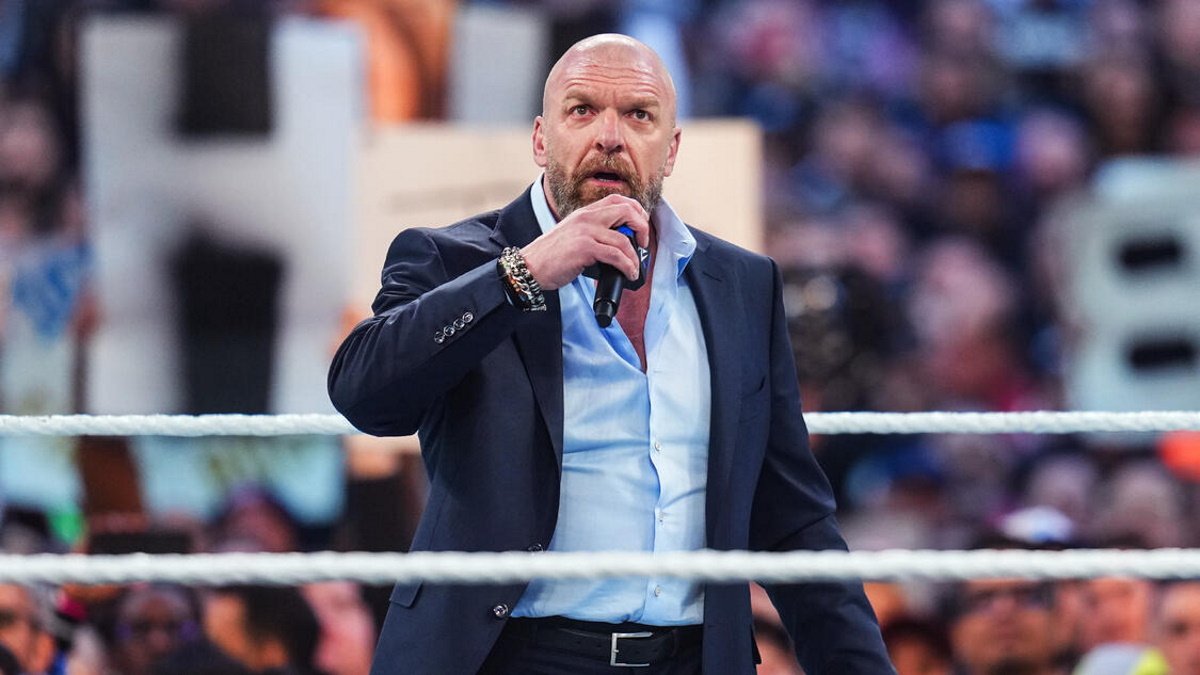


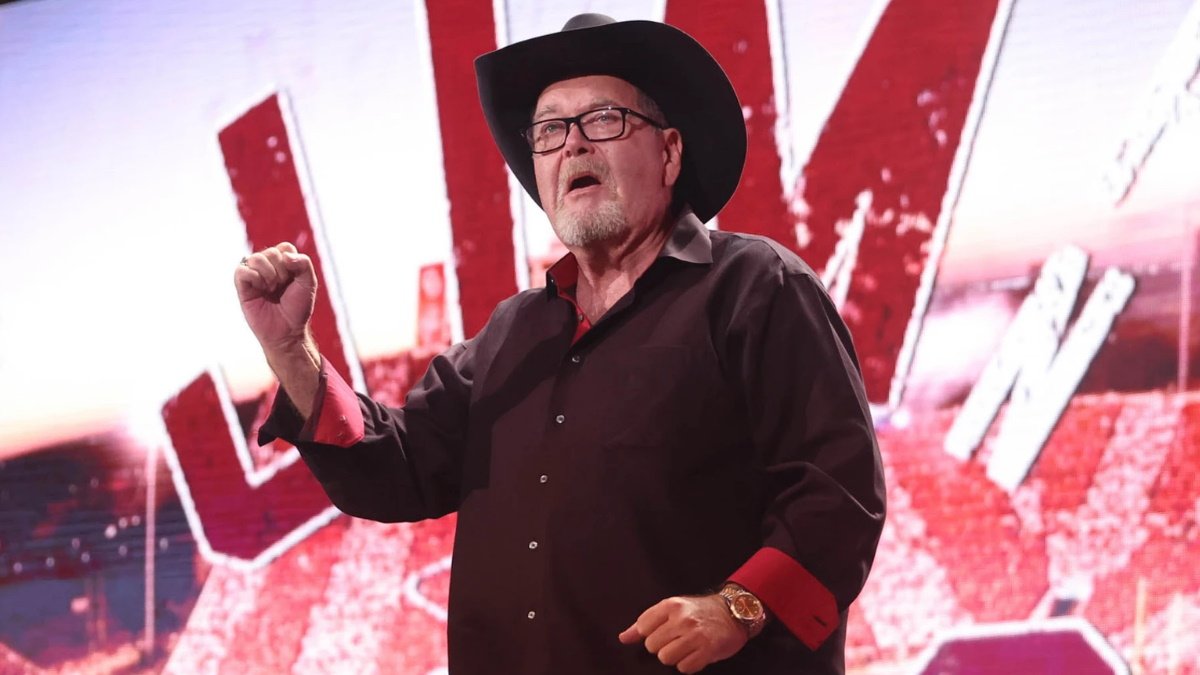
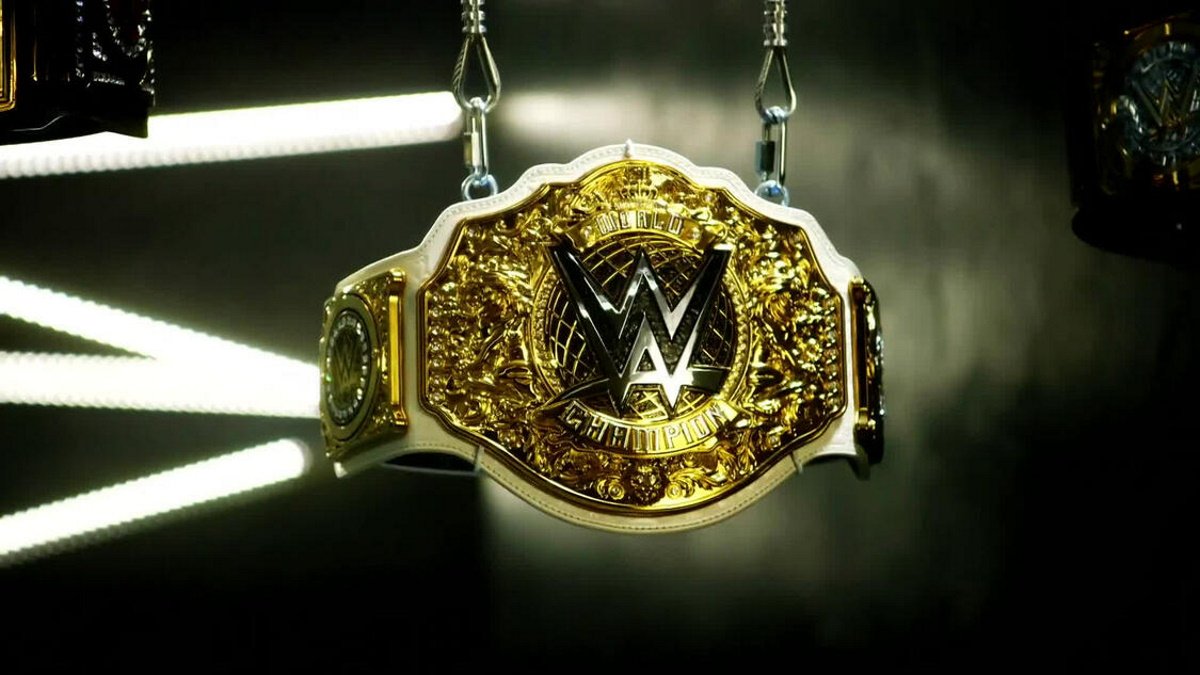
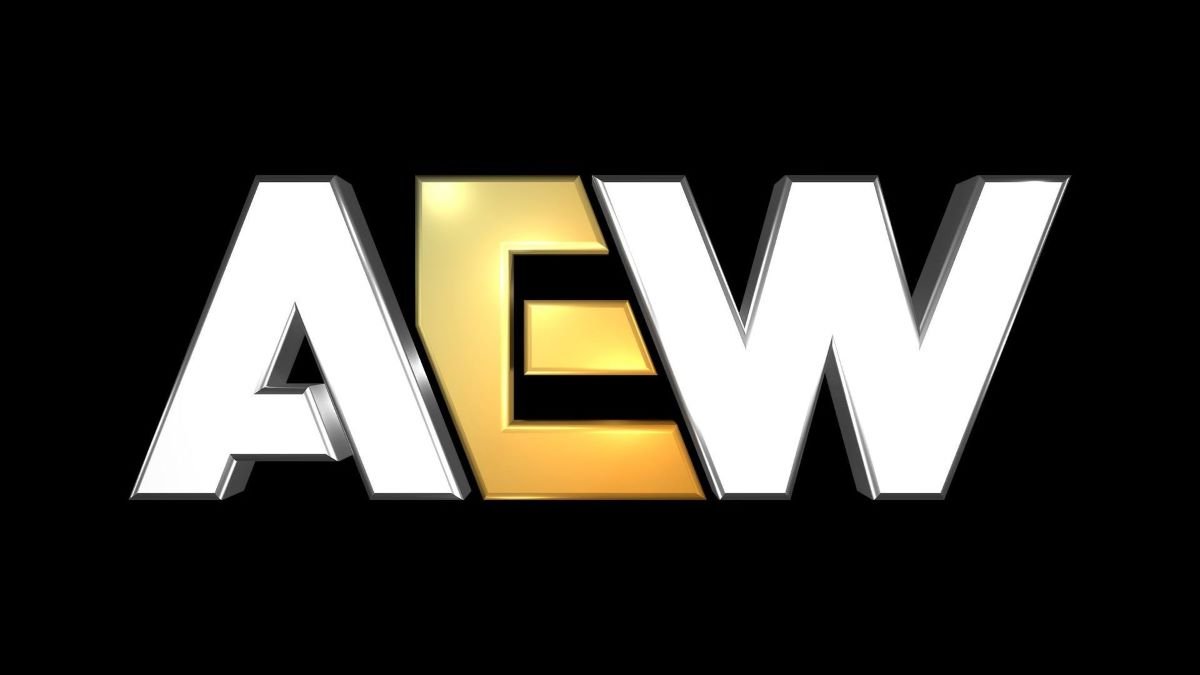
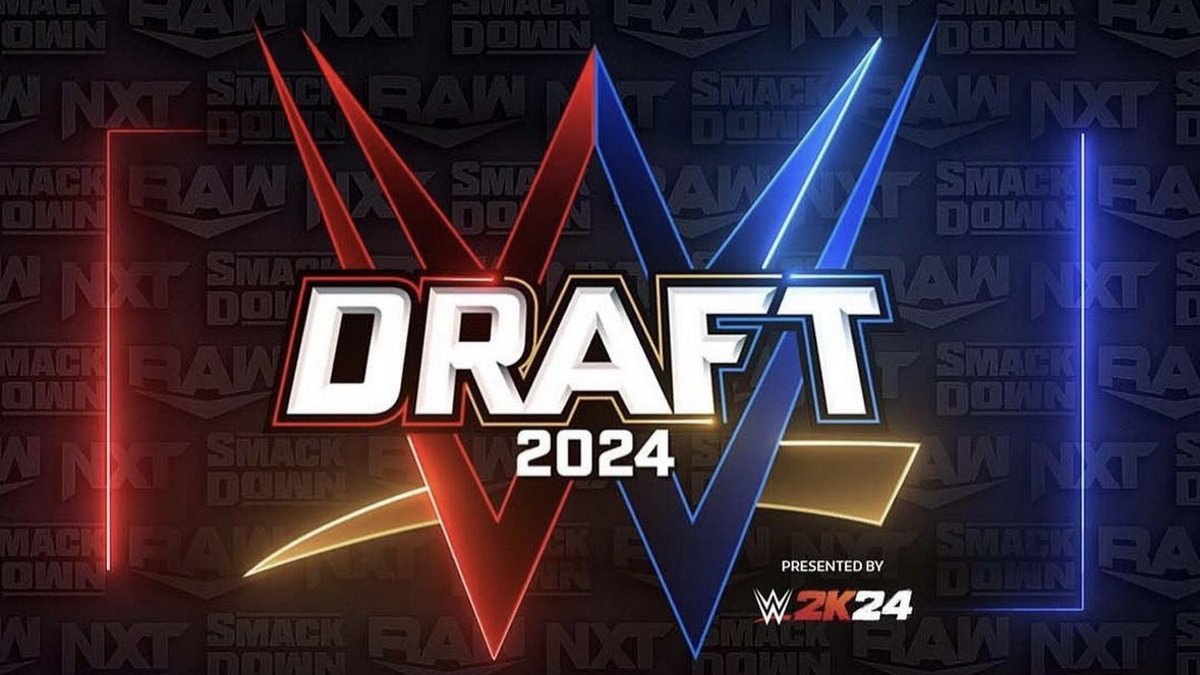
 mailing list
mailing list